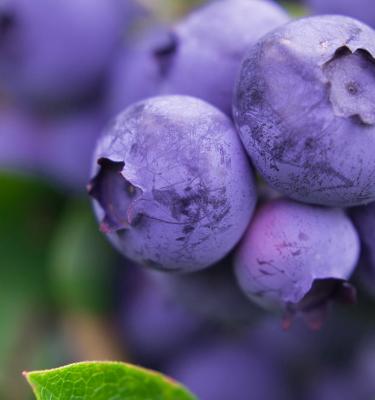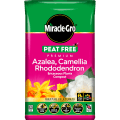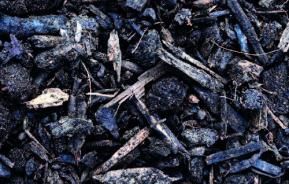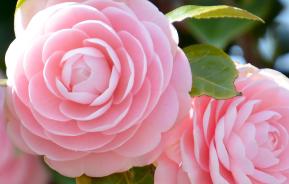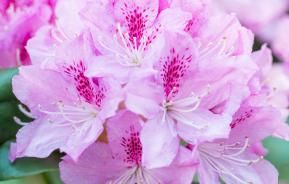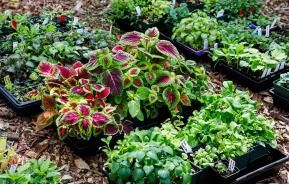When it comes to watering rhododendrons, azaleas, camellias and other lime-hating, acid-loving, ericaceous plants, they need some extra care and attention. This is especially true in the summer.
Obviously, you’ll say, plants need watering – especially in summer. But ericaceous plants are a bit more fussy than most. Many ericaceous plants are very shallow rooted. Certainly rhododendron, camellia, azalea and pieris don’t produce deep, searching roots. This means that they are close to the soil surface and, as a result, very prone to drying out, drought conditions and high temperatures in summer.
This means you need to take precautions to ensure the soil doesn’t dry out and plants are watered regularly (usually a thorough watering once a week) whenever prolonged dry periods are likely. More regular watering – probably daily during hot weather – will be needed for plants growing in containers as compost dries out quicker, especially in terracotta and other porous containers.
Mulching around the plants with a lime-free ericaceous compost or bark will help conserve soil moisture, insulate the roots from heat and sun, and keep weeds down at the same time.
Although allowing the soil to dry out at any time of the year can cause problems with these plants, this is especially true in summer. This is the time when rhododendrons, azaleas and camellias are setting their flower buds for the following year’s floral display.
It has been shown with camellias, for instance, that allowing them to dry out for for just 24 hours at any time during June to mid-August will affect flower bud production. Then, come spring, the flower buds either don’t open, fall off or partially open and then fall off. So, keep the soil moist and feed with an ericaceous plant feed throughout this period.

Which water?
If your tap water is ‘hard’ or limey – for instance if it furs up your kettle or produces limescale deposits – watering with it will make the soil or compost more alkaline, and lead to plant problems. To get over this, use a liquid ericaceous feed at the same time as watering or use water saved in a water butt. Or you can try to acidify the compost. The best way to do this is to apply sulphur chips twice a year – once in spring and again in autumn.
